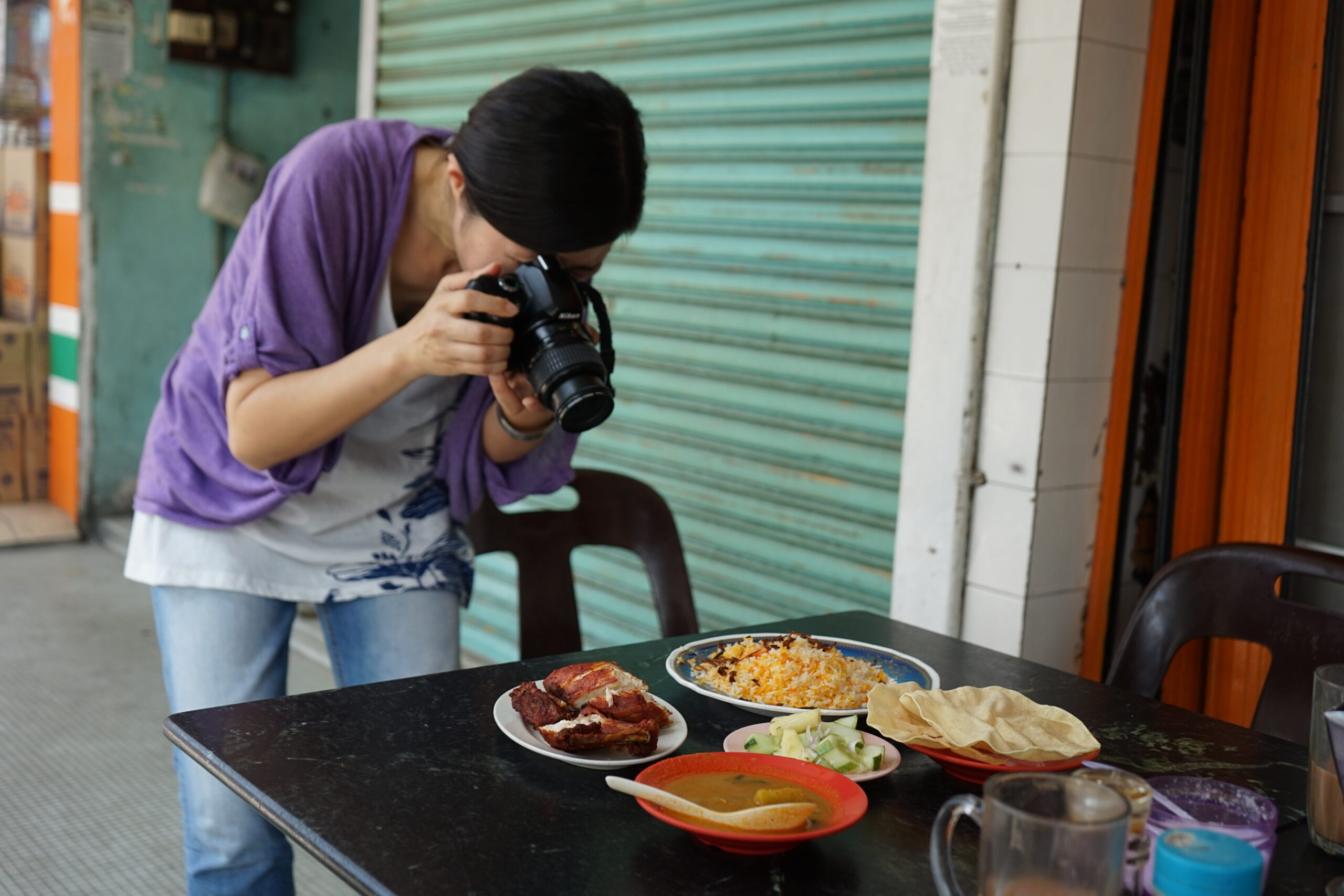Oto Furukawa, an editor and writer, discovered the allure of Malaysian cuisine during her stay in Malaysia. She founded the “Malaysia Gohan Kai” (Malaysian Food Society) and has continued to host numerous activities after returning to Japan. We are happy to bring you delicious Malaysian stories that will make you hungry simply by hearing them.
Getting a job in Malaysia starting with no knowledge!
– I heard you were working for a publishing company while you were in Malaysia.
I started living in Malaysia with my husband on assignment. I found a job opening for a publishing company that issued free papers of living information for the Japanese while I was there. Since I was working as a writer and editor for a women’s magazine in Japan, I gave it a shot.
I frequently traveled abroad but knew nothing about Malaysia at that time. Through visiting stores for interviewing or taking photos alone, I gradually became fascinated by Malaysia’s food culture.
Malaysia is a country where English is easily understandable; however, diverse ethnic groups live there and have their own language. At that time, I was not used to living in English, but I realized that I could communicate with feelings. Everyone is kind to individuals from different ethnic and linguistic backgrounds. Since I experienced similar things myself, I feel that I can understand the other person’s feelings.
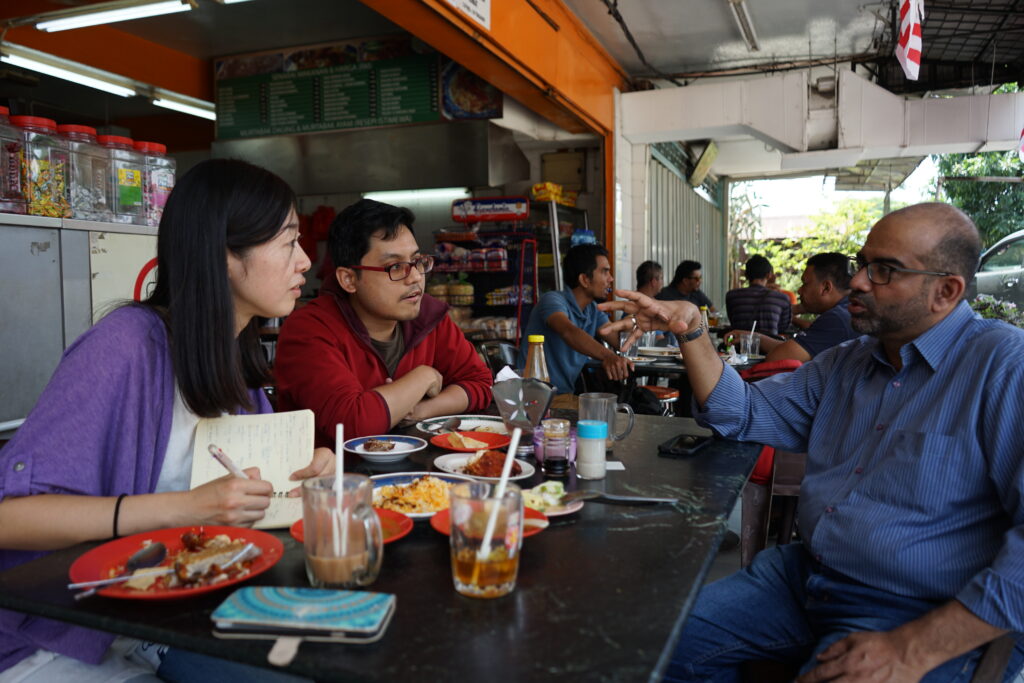
“Dim Sum for breakfast, Curry for lunch, and Nasi Goreng for dinner”
Diversity is the joy of food
– Please tell us about the food culture you learned through reporting.
The drinking customs of Malaysia differ from those of Japan. In Japan, people enjoy alcohol with meals, but Malay Muslims do not drink alcohol for religious reasons. People of Chinese descent are more likely to drink at bars and other places after meals rather than during meals. Malaysian food is very similar to that of neighboring countries. Many of the food cultures of ASEAN countries, which are connected by land, are not divided by their borders. For example, chicken rice, known as a Singaporean dish in Japan, and nasi goreng, presented as an Indonesian dish, are frequently eaten in Malaysia. The cuisine varies from region to region. The cuisine of the northern area is similar to Thai cuisine, with a sour and refreshing taste. In Johor Bahru, closer to Indonesia, a rich taste is preferred. Also, compared to Indonesian and Thai cuisines, many of the dishes are less spicy. Each region has its own unique food culture, and everyone is proud of being different.
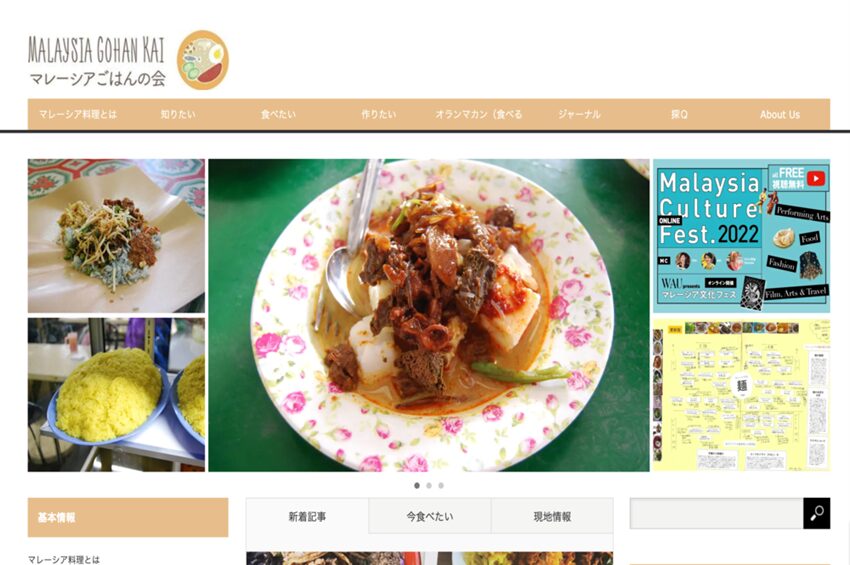
Each city has its own unique characteristics. The capital city of Kuala Lumpur, for example, is expensive, but it offers a wide variety of cuisines, from local to authentic western dishes. Penang, the second largest city, boasts a flourishing street food culture and everything is affordable and tasty. Seafood is especially fresh since it is surrounded by the sea, and noodle dishes from Chinese-owned shops are popular. Since multiethnic groups live throughout the country, you can find a dim sum restaurant next to an authentic curry restaurant. For this reason, eating out is enjoyable, such as “dim sum for breakfast, curry for lunch, and nasi goreng for dinner.”
– It is a hot country, so it seems to have particular eating habits.
In Japan, three meals a day – breakfast, lunch, and dinner – are typical; however, in Malaysia, people eat more frequently, such as five or six times a day. Many people eat small portions several times, such as at 7 am, 10 am, 12 pm, 3 pm, 6 pm, and 10 pm. Since Malaysia is hot, I think this eating style may be suitable for the climate and a secret to staying healthy. Many restaurants also have a self-service system where you can serve only what you want, which makes sense.
Sharing tables is the basic rule in popular restaurants
Even regular customers from their grandfather’s generation
– Do you have a favorite place you always go to?
In Kuala Lumpur, I always go to Yut Kee Restaurant, a long-standing and privately owned coffee shop. Since it is a popular place, I frequently share a table with other customers when I go there alone. The restaurant owner helps you feel at ease by introducing you to other customers who share a table with you. It broadens the interaction, and as a writer, it is a valuable source of coverage. It makes me happy when someone asks me things like, “did you move here?”.
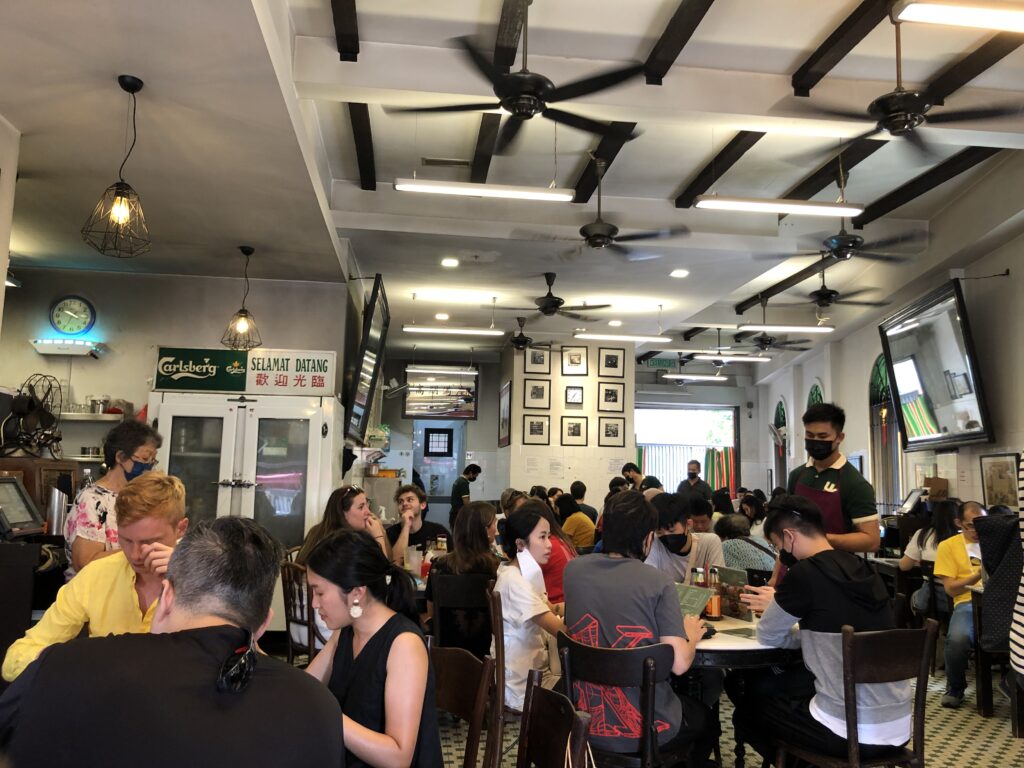
When I see people just meeting each other and enjoying a meal, I realize that this is how diverse ethnic groups have always sat around the table together since ancient times. That is impressive, including history. It is not uncommon to hear someone say, “I’ve been coming here regularly for three generations, since my grandpa.” Children brought to the restaurant by their parents take its taste as the family’s taste. Then, when they get married and have children, they come back with their children. Since the restaurant is also passed down from generation to generation, I believe the relationship will continue for a long time.
Fascinating Malaysian cuisine inspired by ASEAN countries. Malaysian Gohan Kai, organized by Ms. Furukawa, presents Malaysian cuisine and food culture as well as event information such as cooking classes.
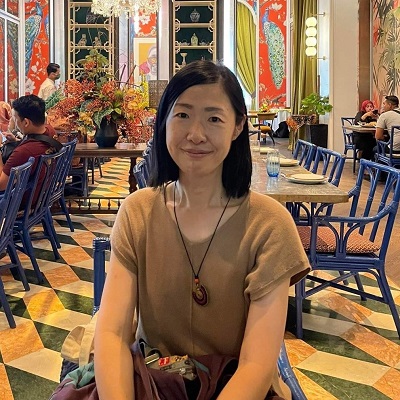
Oto Furukawa
Writer, Organizer of the Malaysian Food Society, and WAU editor
After working for a women’s magazine publisher, she stayed in Kuala Lumpur, the capital of Malaysia, from 2005 to 2009. She worked for four years editing an information magazine for Japanese readers. Under the motto of realizing how human beings built up this world and this era through Malaysian food, she was in charge of covering everything from local street food to Malaysian home cooking as well as taking photos. She is the author of “Malaysia – Locally Beloved Specialty Diners” (Gakken).
- The website of the “Malaysia Gohan Kai” (Malaysian Food Society): https://malaysianfood.org/
- Twitter:@otofurukawa
- Instagram:@malaysia_food
Interview and writing: Etsuko Kimura
Photos: Oto Furukawa, Faiz Zeo


